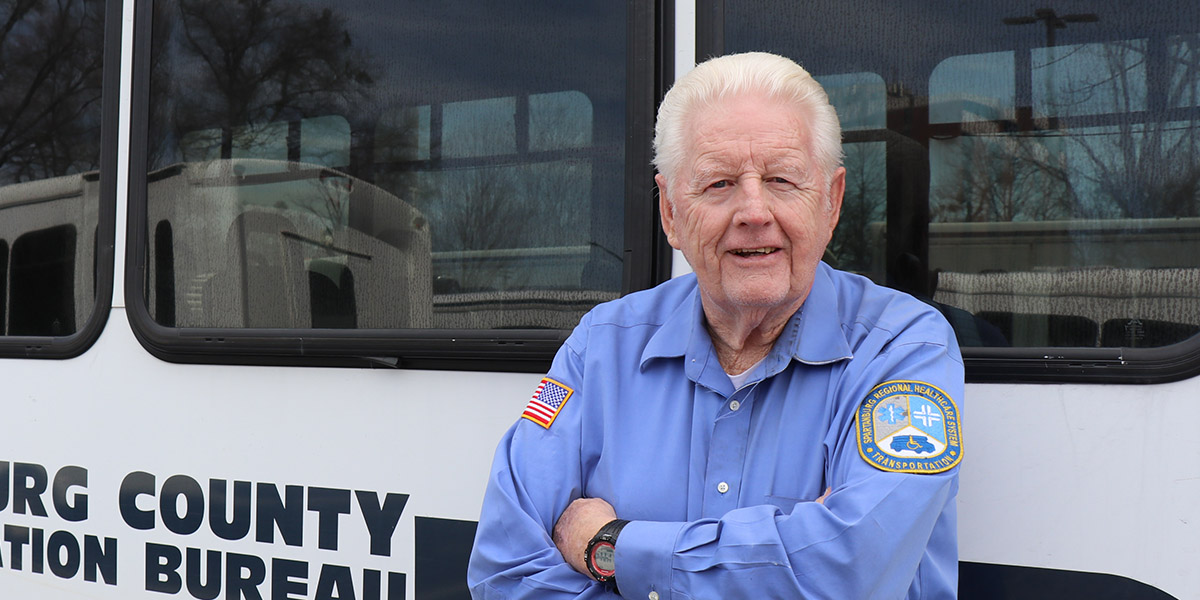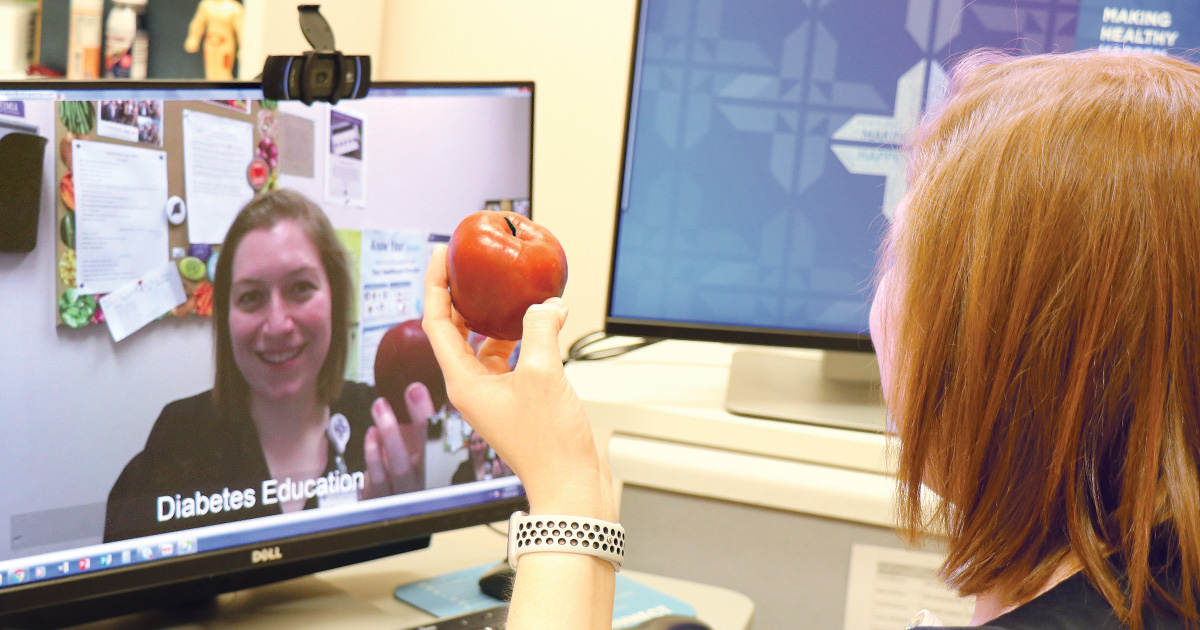
TAVR replaces fatigue with a better quality of life
Many years ago, Veterans Administration medical officials told Dwight Hylton that his deteriorating aortic valve would need medical attention at some point. Back then, the problem was not bad enough for treatment.
Hylton, 75, had no symptoms to show he had a heart problem, other than getting tired very easily.
All that changed, however, when Hylton saw his doctor and was sent to the Spartanburg Regional Heart Center. Tests showed the problem — aortic stenosis — had become so bad he was banned from driving — something he loved do. His doctor wouldn't even let him drive home alone after the tests.
To keep busy after retiring from sales and pastoring, Hylton became a driver for transport buses, service vehicles that help patients get to and from their medical appointments.
“The tests showed that my condition was so bad, I could not drive for four months,” Hylton said. “My old valve was just wearing out.”
After a series of tests, Hylton became the third patient at the Heart Center to have the TAVR implant in August 2017.
Relief for aortic stenosis
Transcatheter aortic valve replacement (TAVR), is a replacement valve positioned in the heart (on top of the failing valve) using a catheter or small tube. It's for patients like Hylton who suffer from aortic stenosis, when even normal breathing can be a challenge.
Aortic stenosis occurs when the aortic valve is clogged with calcium and keeps the heart from pumping oxygen-enriched blood to the muscles. This causes fatigue, lightheadedness, chest pain, rapid heartbeat and swollen ankles and feet.
For many people, regular physical activities become hard to do, and their quality of life suffers.
This problem is common as we age.
About 12 percent of Americans over age 75 have some level of aortic stenosis and about 80 percent of those are men. If it's not treated, close to 50 percent of patients will not live beyond two years after being diagnosed.
A replacement for open-heart surgery
Mild cases of aortic stenosis can be treated with medicines that help prevent blood clots and regulate the heartbeat.
Until Introduced at SRHS in 2017 August 2017, serious cases called for the aortic valve to be replaced using open-heart surgery. For this procedure, the chest cavity must be opened and fully exposed. It's a dangerous, lengthy and complex procedure that results in months of recovery.
Now, many older patients can be a candidate for TAVR instead.
“We are thankful for catheter-based delivery systems, which can eliminate open-heart surgery for many older patients,” said Kim Valenti, NP, TAVR program coordinator for Spartanburg Regional. “With the TAVR system, we can replace the bad valve with a new one and do it by making only a small cut in the upper leg.”
What to expect:
- Patients are put under general anesthesia.
- A tube is threaded into one of the artery (large vessel in the leg) leading from the upper leg (transfemoral) to the heart.
- The cow or pig tissue and flexible metal valve of the TAVR is folded and delivered to the heart through the tube.
- Using imaging equipment, the surgeon positions the replacement valve over the failing valve and expands.
- The new valve replaces the old, allowing the heart to more effectively pump oxygen-enriched blood throughout the body and giving the patient energy to be more active and enjoy life.
The TAVR procedure usually takes between one and two hours. The average hospital stay is 24 to 48 hours. Afterwards, patients may need a special diet, an exercise plan and temporary blood-thinning medicines.
A life-changing replacement
Some clinical studies have shown a 75 percent lower rate of death and stroke using TAVR versus open-heart surgery. Within 30 days of the implant, many patients have recovered and report better quality of life along with the ability to care for themselves.
“It's fascinating to think that a new valve can be threaded through the circulatory system into the heart,” Valenti said. “It takes a team of doctors, nurses and technologists to make this happen, and the end result can be life-changing for the better.”
As for Hylton, after recuperation, he was back in the driver's seat and taking people to their medical appointments.
“I don't get tired as much,” he said. “Now, I can run for some distance and not get tired. I feel much better.”
For more information about Structural Heart Services available at Spartanburg Regional Heart Center, please contact 864-560-8133.












